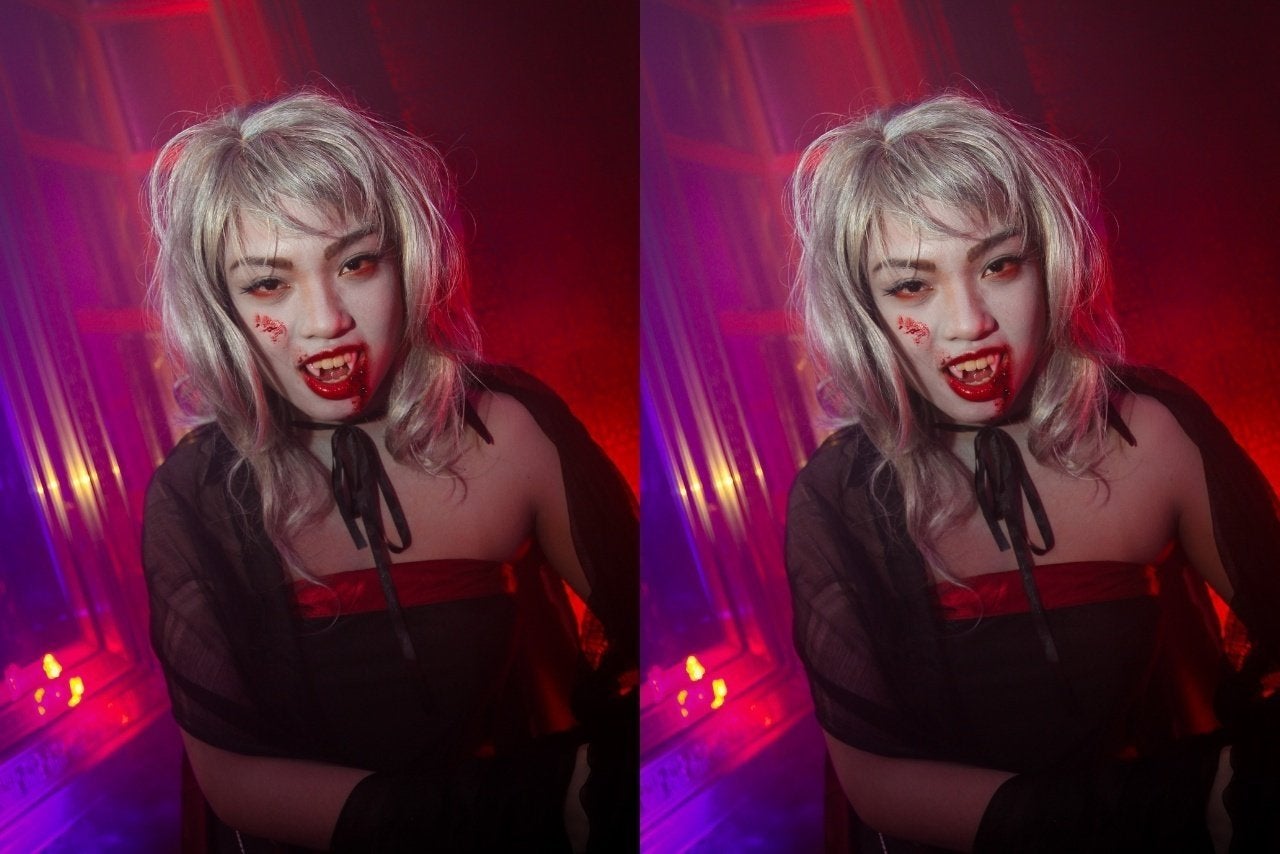The Evolution of Dracula
If you have ever been in America during Halloween, you have probably heard of Count Dracula. The iconic monster has become a go-to costume for many. He has starred in multiple movies, from classics like Dracula (1931) to Scooby Doo. Dracula has pretty much created the modern archetype of a vampire; the name Dracula has effectively become synonymous with vampire. Count Dracula’s story originates from a famous novel by Bram Stoker, named “Dracula.” It’s a textbook gothic horror, from the creepy setting to the spooky monsters. The original depiction of Dracula actually diverges a lot from how he described now.
Location
The story of Dracula took place in Transylvania, a region that was later assumed into modern-day Romania. Transylvania has become famous for being the principal location in the legend of Dracula. In Transylvania, there is a gothic fortress named “Bran Castle,” which is renowned for its association with being the home of Dracula. It certainly does look the part. The imposing castle lies at the base of the hill, where it is completely surrounded by pines and oaks. Similar to how Dracula’s castle was described in page 28, it is “on the very edge of a terrific precipice . . . with occasionally a deep rift where there is a chasm [with] silver threads where the rivers wind in deep gorges through the forests.” The reason why Stoker’s description of the house fits so perfectly Bran Castle is because Stoker used Bran Castle as inspiration for Dracula’s castle in the novel.
Appearance and Accent
In most modern portrayals, Dracula is a middle-aged man with black hair that wears a black cape with some red. This differs from Bram’s description of Count Dracula; on page 17 of the book, Dracula is described as a ”tall old man . . . [with] a long white moustache . . . clad in black from head to foot.” So, Dracula actually had facial hair!
One of the most steadfast characteristics of Dracula in modern portrayals is his thick hungarian accent. He is often shown to be pronouncing w’s as v’s. In the book, Dracula is said to be Szekely, a hungarian-speaking group in Romania. This means that the original and modern depictions of Dracula both had the same accent, although the original Dracula spoke with only slight accent. Another character in the book commented that he spoke in “excellent English, but with a strange intonation” (Stoker, 12).
In modern day, it has become a stereotype of Dracula that he says “bleh bleh bleh.” In the book, Dracula never actually said this. So, where did it come from? People theorize that this catchphrase came from bad impersonations of the actor Bela Lugosi when he played Dracula in the original Dracula (1931).
Characterization
In most portrayals of Count Dracula, he is depicted as cruel and bloodthirsty. He kills to sustain himself, and refuses to let anyone get in his way. Some depictions differ from this formula, such as his characterization as a caring father in Hotel Transylvania. However, he is generally shown as cruel.

Consensus
The story of Count Dracula was written over a hundred years ago. Despite this, he has remained prominent in popular culture. Our view of him has changed, that much is true. He has been molded, rewritten, and refined into what he is today. But he has been built on. It is because of how he was influenced that the character has managed to stay relevant. Count Dracula truly is immortal; he lives on in each readaption, halloween costume, and imitation. Bram Stoker created a legacy.
If you want to read the book and learn more about this classic monster, click here.



